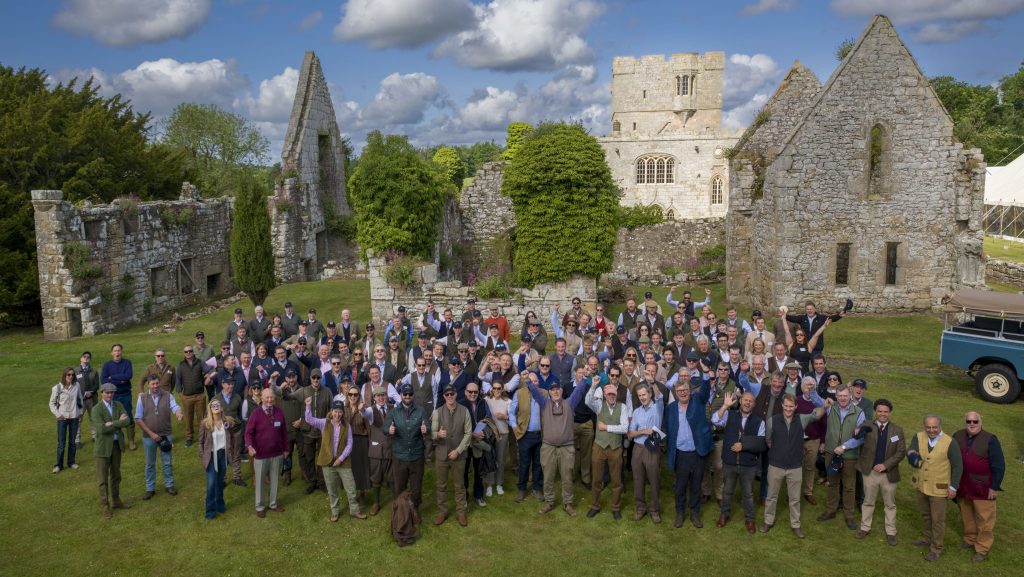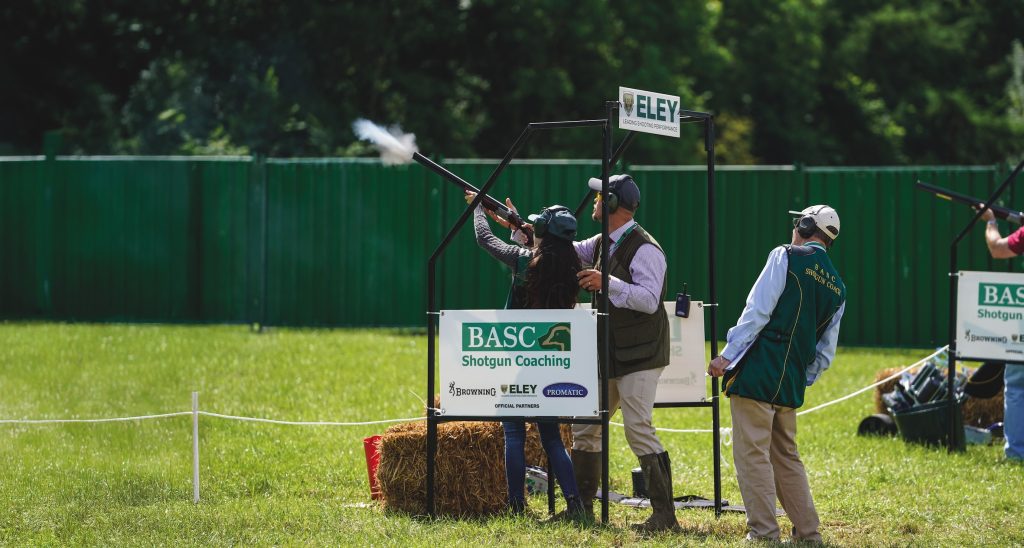News
Sako Custom rifle
Would you like to speak to our readers? We offer sponsored articles and advertising to put you in front of our audience. Find out more.
Though this article focuses on the Sako custom rifle, it really covers all of the classic British custom rifles out there. Individually made from the finest materials by true domestic craftsmen and women, they often employ foreign elements, yet give a high standard of finish and a classic look that only a British artisan can produce.
When I say “custom”, I am not referring to the many “new” custom rifles with synthetic stocks and benchrest actions, superb as they are; I am referring to the individually crafted rifles made to customers’ requirements and resulting in a visually appealing masterpiece of design.
A truly English styling
Custom rifles may boast fancy woodwork with thumbholes and stainless steel, match-grade barrels, etc, but this particular Sako features a truly “English” styling. Most striking on any custom rifle is a well-designed and proportioned stock. This can make or break a rifle. Despite the lures of German Hogsback, Monte Carlo and snazzy thumbhole designs, nothing can beat the simple classic lines of an English stock design.
Every proportion of the donor rifle has been reflected in the wood. The Sako’s fore-end is just the right length and girth to show flowing lines without looking too bulky, yet still provide a good grip. The pistol grip is elegantly raked to allow the flowing lines to continue into the butt section, while the straight comb with dropped cheekpiece and shadow lines is a pure classic.
This is enhanced by subtle additions that add interest but do not overwhelm the design. The Sako has a superbly chequered steel pistol grip cap and inlet and a curved and chequered butt pad. It is difficult to get that right, but it works here.
Chequering can add or detract from the overall look. Here, fine line chequering with no “overruns” and perfect diamond-cut chequering again enhance the classic custom feel. Rather than being applied as two panels, the chequering wraps around the elegant fore-end, with single signature lines to the pistol grip giving an individual look.
Walnut is still the way to go
Now to the wood itself. Finely figured walnut is still the way to go, but it is becoming increasingly rare and expensive. This rifle has proof marks from 1980, when walnut was still reasonable in price, and has some of the best-figured walnut I have seen: deeply patterned, with a swirling grain and intertwined colours that flow from one end of the rifle to the other, and finished in multilayers of handrubbed oil. It’s a rifle you can’t help but look at constantly, especially in the woods while waiting for your quarry to appear.
Next comes the metalwork. This Sako is a standard Vixen model without a custom barrel, but these old Vixens shoot well, so who needs an expensive replacement? The finish has been finely polished and deeply blued to complement the wood, and the sporter weight barrel looks just right in proportion to the stock. The muzzle has not been cut for a sound moderator, but the whole barrel has been bedded to the fore-end with no gaps at all, demonstrating real skill on the part of the stocker.
You can go the engraved-action route and achieve some classic results, but very often less is more, and this Sako needs no further adornments. The final trick in getting a different or more streamlined look is the use of a custom made or a variety of different scope mounts.
Custom rifles like nowhere else in the world
Here, Conetrol mounts from the US have been used. These have a split-ring arrangement with an adjustment for windage in the bases, which is handy. But, best of all, because of the split rings there are no screw attachments visible on the ring sections, leaving a seamless curve of metal around the scope itself. It just looks fantastic and finishes off a rifle so well.
Here in the UK we have some of the best riflesmiths in the world, giving a quintessentially British look and feel to the classic rifles we build that no other country can emulate.
Related articles
News
Duke's Challenge raises record-breaking £685,000 for GWCT
The shooting community has backed wildlife conservation in spectacular fashion, raising a record-breaking £685,000 for GWCT
By Time Well Spent
News
‘So what exactly do you lot do, then?’
You’d be surprised how many projects staff and volunteers deliver, as well as BASC’s vital work helping members, says Conor O’Gorman
By Time Well Spent
Manage Consent
To provide the best experiences, we use technologies like cookies to store and/or access device information. Consenting to these technologies will allow us to process data such as browsing behavior or unique IDs on this site. Not consenting or withdrawing consent, may adversely affect certain features and functions.
Functional Always active
The technical storage or access is strictly necessary for the legitimate purpose of enabling the use of a specific service explicitly requested by the subscriber or user, or for the sole purpose of carrying out the transmission of a communication over an electronic communications network.
Preferences
The technical storage or access is necessary for the legitimate purpose of storing preferences that are not requested by the subscriber or user.
Statistics
The technical storage or access that is used exclusively for statistical purposes.
The technical storage or access that is used exclusively for anonymous statistical purposes. Without a subpoena, voluntary compliance on the part of your Internet Service Provider, or additional records from a third party, information stored or retrieved for this purpose alone cannot usually be used to identify you.
Marketing
The technical storage or access is required to create user profiles to send advertising, or to track the user on a website or across several websites for similar marketing purposes.





